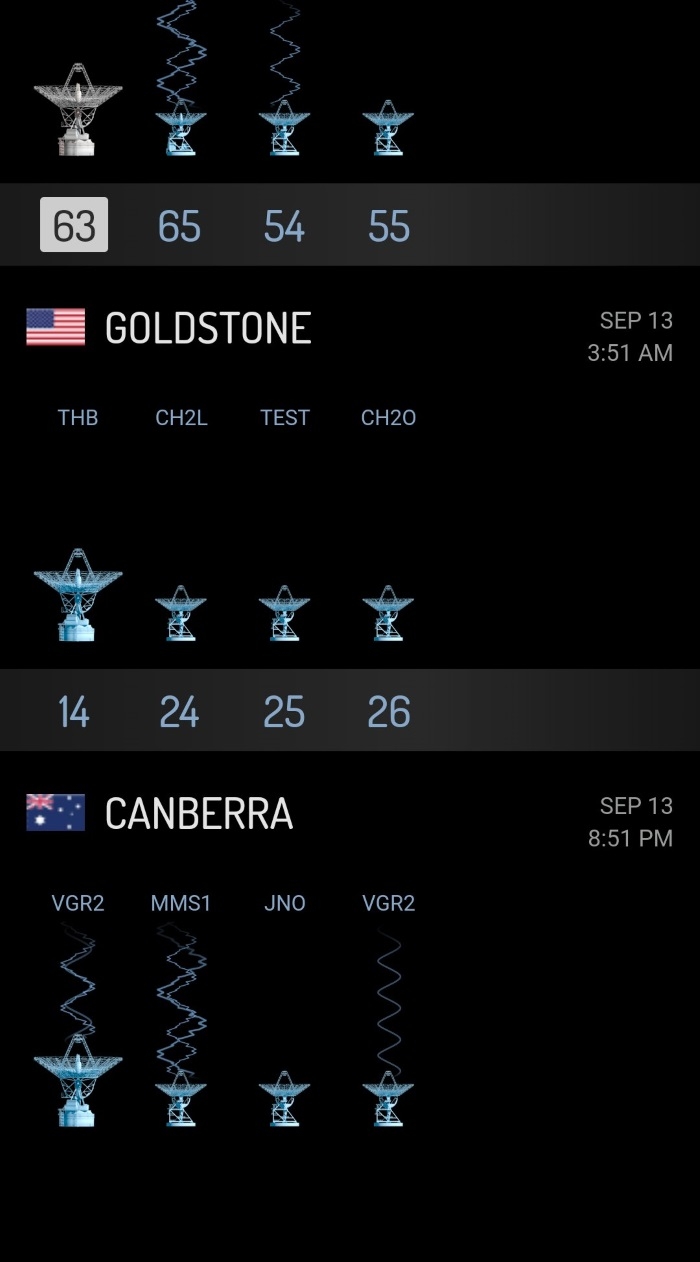Rekindling hope, NASA’s Lunar Orbiter to capture #Chandrayaan2 landing site next week
Total Views |
New Delhi, Sept. 13: India’s Chandrayaan 2 is now a buzz word for the entire scientific world. Now, for this mission, NASA is also team up with ISRO for communicating with Chandrayaan 2.

Now, taking another step in this regards, NASA’s Lunar Reconnaissance Orbiter will try to locate India’s Vikram lander on the moon during a flyover of the landing site Tuesday.
The NASA orbiter’s camera has also imaged China’s Chang’e 3 and Chang’e 4 landers on the moon, and located the crash site of the Israeli Beresheet spacecraft earlier this year.
Noah Petro, LRO’s project scientist at NASA’s Goddard Space Flight Center, said that the orbiter is due to fly over the Vikram landing site Tuesday, Sept. 17.
“Per NASA policy, all LRO data are publicly available,” Petro said, “NASA will share any before and after flyover imagery of the area around the targeted Chandrayaan 2 Vikram lander landing site to support analysis by the Indian Space Research Organization.”
ISRO said Tuesday that the Chandrayaan 2 orbiter, which launched in tandem with the Vikram lander, has located the lander on the lunar surface. “Vikram lander has been located by the orbiter of Chandrayaan 2, but no communication with it yet,” ISRO said in a brief statement. “All possible efforts are being made to establish communication with (the) lander.”
NASA tracking stations have attempted to contact the Vikram lander since last Friday, but as of Thursday, officials have not reestablished communication with the spacecraft. The lander was designed to survive on the lunar surface for 14 days, so time is limited.
The Vikram lander carried a rover named Pragyan — the Sanskrit word for “wisdom” — and several scientific instruments, including cameras, seismic sensors, rock composition payloads, and an underground thermal conductivity probe. Vikram, named for the father of India’s space program, also carried a U.S.-provided laser reflector, which NASA intended to use to make precise measurements of the distance between the Earth and the moon.
Meanwhile, Indian scientists are eager to begin analyzing data from the Chandrayaan 2 orbiter, which ISRO said should have a “long life of almost 7 years, instead of the planned one year” due to a precise launch and injection into lunar orbit.
“The orbiter has already been placed in its intended orbit around the moon and shall enrich our understanding of the moon’s evolution and mapping of the minerals and water molecules in the polar regions, using its eight state-of-the-art scientific instruments,” ISRO said. “The orbiter camera is the highest-resolution camera in any lunar (orbiter) mission so far, and shall provide high-resolution images, which will be immensely useful to the global scientific community.”
Before losing contact with the Vikram lander, the craft performed well during powered descent toward the moon’s surface. “All the systems and sensors of the lander functioned excellently until this point and proved many new technologies, such as variable thrust propulsion technology used in the lander,” ISRO said.